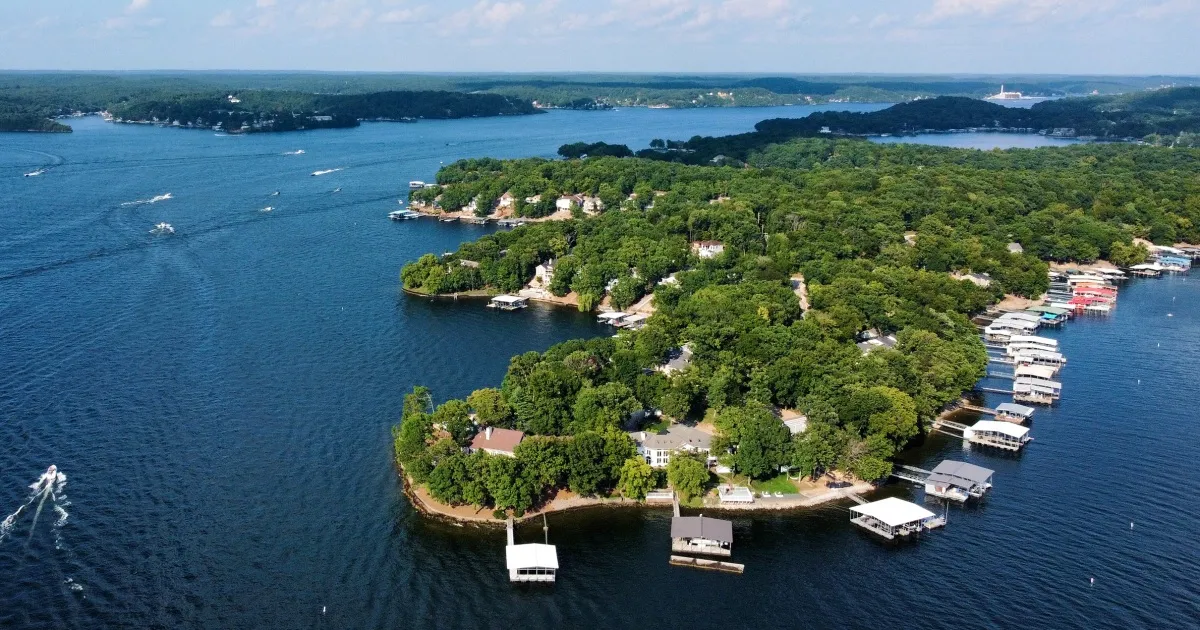
A disturbing incident has emerged from Missouri where a resident has been hospitalized due to a brain-eating infection, medically classified as primary amebic meningoencephalitis (PAM). Health officials are investigating the case, which may be linked to the individual’s recent activities on a local lake, particularly waterskiing.
The Missouri Department of Health and Senior Services confirmed in a news release that the patient appears to have been exposed to Naegleria fowleri, a microscopic, single-celled ameba known for causing PAM. This rare but deadly infection affects the brain and is often referred to as a brain-eating infection due to its devastating impact on brain tissue.
According to initial findings, the patient likely participated in waterskiing activities at the Lake of the Ozarks, a popular reservoir in central Missouri, just days before showing symptoms of the illness. This lake, like many freshwater bodies, is susceptible to the presence of Naegleria fowleri, especially during warmer months.
Naegleria fowleri is commonly found in warm freshwater environments across the United States. However, PAM infections remain extremely rare, with only 167 reported cases between 1962 and 2024, as stated by health officials. The ameba typically enters the body through the nose, where it then travels to the brain, causing severe damage.
The severity of Naegleria fowleri infections is underscored by the recent death of 12-year-old Jaysen Carr, who tragically contracted PAM after swimming in Lake Murray, South Carolina. The family’s legal representation emphasized their commitment to seeking justice for the loss, aiming to prevent similar tragedies in the future.
Early symptoms of PAM can include headache, fever, nausea, and vomiting, according to the Centers for Disease Control and Prevention (CDC). Unfortunately, the prognosis for those infected is grim; most individuals succumb to the illness within 1 to 18 days after symptoms appear, often leading to coma and death within just five days.
In light of these alarming circumstances, the Missouri Department of Health and Senior Services has issued several recommendations for residents. These include avoiding water-related activities in warm freshwater during high-temperature periods, utilizing nose clamps while swimming, and steering clear of putting one’s head underwater. It is also advisable to avoid disturbing wet sediment, as Naegleria fowleri amebas are more likely to inhabit the sediment found at the bottoms of lakes, ponds, and rivers.
As the investigation continues, health officials urge the public to remain vigilant and informed about the risks associated with freshwater activities, ensuring safety while enjoying recreational water activities.